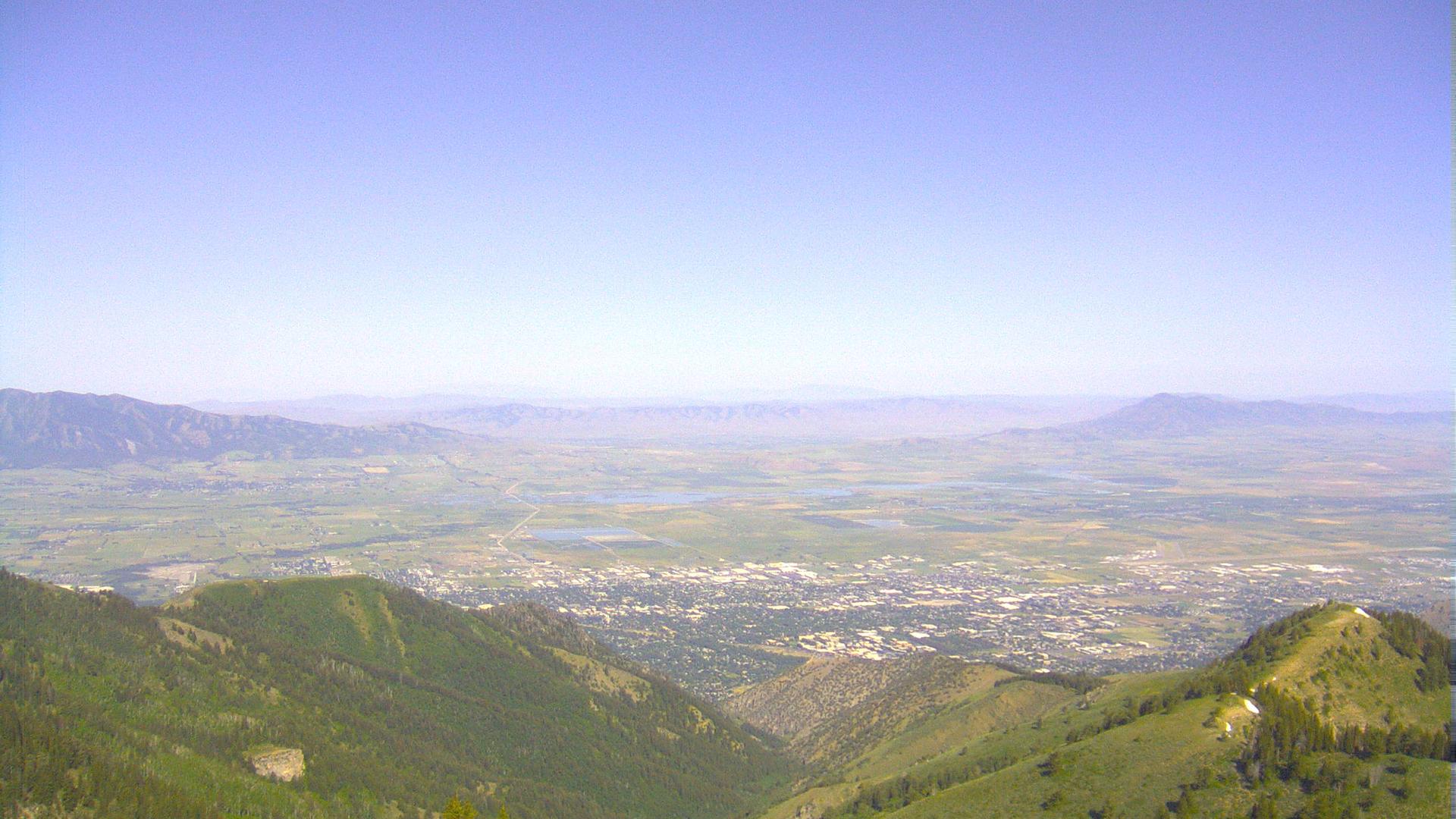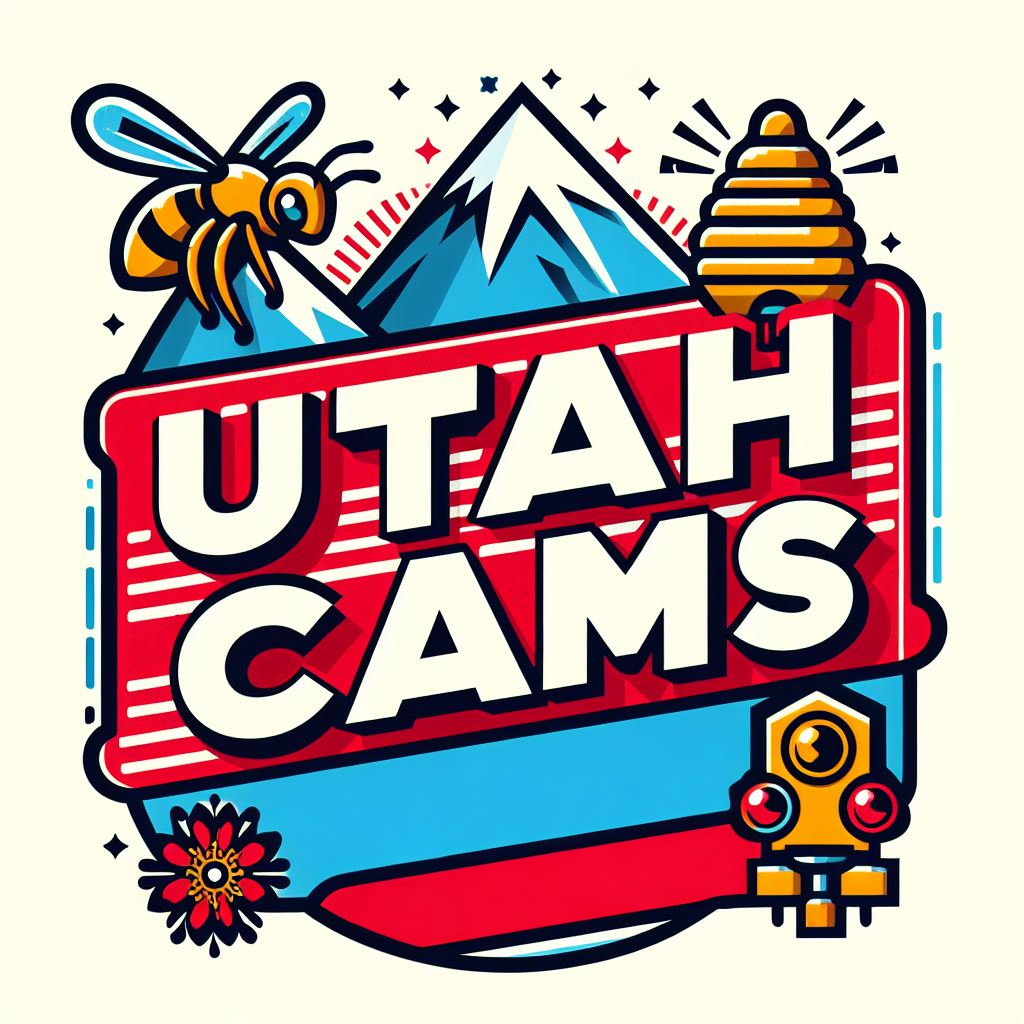Logan Utah Webcams
Cache Valley Airport
Old Main at Utah State University
Logan Canyon (View from the Eccles Business Building)
Logan Peak

Logan, Utah: From Pioneer Settlement to Thriving Community
Pioneer Beginnings: The Founding of Logan
Logan Utah webcams. Logan, Utah, nestled in the Cache Valley, has a rich history that dates back to the mid-19th century. The town was founded in 1859 by Mormon pioneers, led by Brigham Young, who sought to establish new settlements in the fertile and picturesque Cache Valley. Named after Ephraim Logan, an early fur trapper in the region, Logan was initially a small agricultural community that quickly grew due to its abundant natural resources and strategic location.
The settlers faced numerous challenges, including harsh winters, limited supplies, and the need to build infrastructure from scratch. However, their perseverance and industriousness paid off, as they constructed homes, schools, churches, and irrigation systems. These early efforts laid the foundation for Logan’s development, transforming it from a frontier settlement into a thriving agricultural hub.
Agricultural Development: The Backbone of Early Logan
Agriculture was the cornerstone of Logan’s early economy. The settlers utilized the fertile soil and ample water supply from the Logan River to cultivate crops such as wheat, barley, and alfalfa. Livestock farming, particularly cattle and sheep, also played a significant role in the local economy. The establishment of irrigation systems was crucial for sustaining agriculture, and the community worked collectively to develop these essential infrastructures.
The success of agriculture in Logan attracted more settlers, leading to rapid population growth. By the late 1860s, Logan had become a central market and trading hub for the surrounding agricultural communities. The construction of gristmills and sawmills further supported the town’s growth, providing necessary services and goods for the settlers.
Education and Religion: Building a Community
Education and religion were vital components of life in early Logan. The first school was established in 1860, reflecting the community’s commitment to education. In 1888, the Agricultural College of Utah was founded in Logan, which later became Utah State University (USU). The university played a pivotal role in the town’s development, attracting students, faculty, and researchers, and contributing to Logan’s cultural and intellectual life.
The LDS Church also had a significant influence on Logan’s development. The construction of the Logan Utah Temple, completed in 1884, was a monumental event for the community. The temple, with its stunning architecture and prominent location, became a spiritual and cultural landmark. It attracted visitors from across the region and reinforced Logan’s role as a center of religious activity in the Cache Valley.
Economic Diversification and Growth: The 20th Century
As Logan entered the 20th century, its economy began to diversify beyond agriculture. The arrival of the railroad in 1873 was a transformative event, connecting Logan to larger markets and facilitating the transportation of goods and people. This connectivity spurred economic growth and attracted new industries to the area.
Manufacturing became an important sector in Logan’s economy, with the establishment of factories and processing plants. The production of cheese, butter, and other dairy products became a significant industry, capitalizing on the region’s strong agricultural base. Additionally, the development of canning and food processing facilities supported the agricultural sector by providing a market for local produce.
Retail and services also expanded, with the growth of businesses catering to the needs of Logan’s residents and the surrounding communities. The downtown area developed into a vibrant commercial center, featuring a variety of shops, restaurants, and entertainment venues. The construction of public infrastructure, such as roads, schools, and hospitals, further supported the town’s growth and improved the quality of life for its residents.
Cultural and Recreational Development: A Vibrant Community
Logan’s cultural and recreational offerings have grown significantly over the years, enhancing the town’s appeal and quality of life. Utah State University has been a major contributor to Logan’s cultural scene, hosting a wide range of events, including concerts, theater productions, and art exhibitions. The university’s presence has also fostered a lively intellectual community, with lectures, conferences, and academic activities enriching the town’s cultural fabric.
The natural beauty of the Cache Valley has provided abundant recreational opportunities for residents and visitors alike. Logan Canyon, with its stunning landscapes and outdoor activities, has become a popular destination for hiking, camping, fishing, and skiing. The Logan River, which runs through the town, offers opportunities for kayaking, fishing, and picnicking along its scenic banks.
Community events and festivals play a significant role in Logan’s cultural life. The annual Cache Valley Cruise-In, a classic car show, attracts enthusiasts from across the region, while the Utah Festival Opera & Musical Theatre brings world-class performances to the town each summer. These events, along with local farmers’ markets, craft fairs, and holiday celebrations, foster a strong sense of community and connection among Logan’s residents.
Modern Logan: Growth and Development in the 21st Century
In recent decades, Logan has continued to grow and evolve, balancing its historical heritage with modern development. The town’s population has steadily increased, driven by its high quality of life, strong educational institutions, and economic opportunities. Residential development has expanded, with new neighborhoods and housing options accommodating the growing population.
Logan’s economy has diversified further, with a mix of traditional industries and new sectors such as technology, healthcare, and education. Utah State University remains a key economic driver, contributing to research, innovation, and workforce development. The town has also become a hub for small businesses and entrepreneurs, with a supportive environment fostering innovation and growth.
Efforts to preserve Logan’s historical and cultural heritage have been important in maintaining the town’s unique character. Historic buildings and sites, such as the Logan Utah Temple, the LDS Tabernacle, and the downtown historic district, have been carefully preserved and restored. These efforts ensure that Logan’s rich history is celebrated and accessible to future generations.
Looking to the Future: Challenges and Opportunities
As Logan looks to the future, it faces the challenges and opportunities of continued growth and development. Ensuring sustainable development, preserving natural resources, and maintaining the quality of life for residents are key priorities. Investments in infrastructure, education, and economic development will be crucial in supporting Logan’s ongoing growth and prosperity.
With its rich history, strong sense of community, and vibrant cultural and recreational offerings, Logan, Utah, is well-positioned to thrive in the years to come. The town’s blend of historical charm and modern amenities makes it a desirable place to live, work, and visit, ensuring its place as a cherished community in the heart of the Cache Valley.
For more information, visit the official Logan, Utah website.
